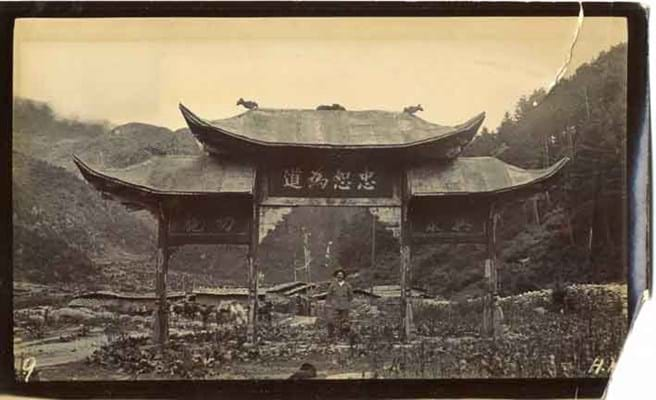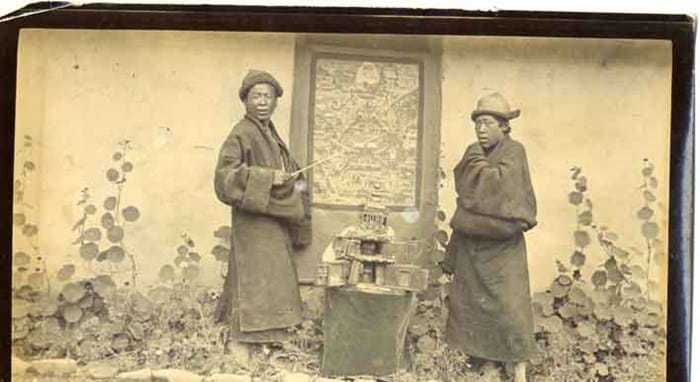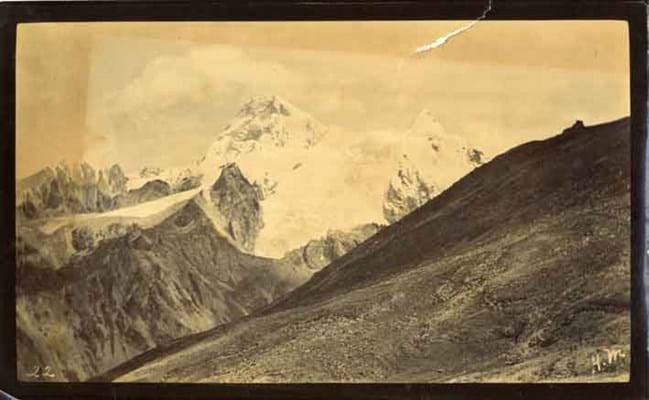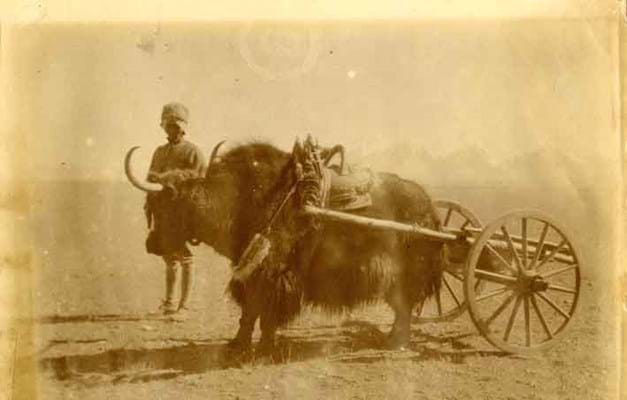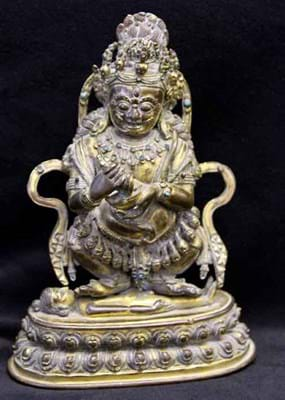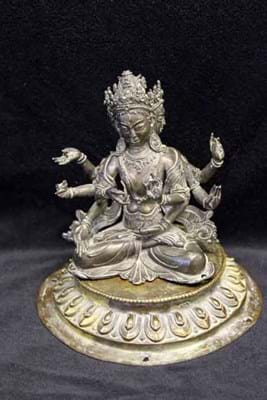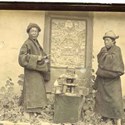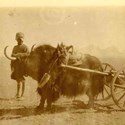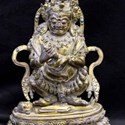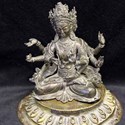Chinese invasion of 1950?
No - the aggressors in this case were the British nearly 50 years before the remote, landlocked nation was taken over by the Communists.
A fascinating album of original photographs sold at Henry Aldridge of Devizes on August 10 for a mid-estimate £10,000 to a UK-based specialist sheds light on the little-known campaign in which a British force bulldozed its way past the Tibetan forces to seize the capital, Lhasa, in 1904.
The Tibet Expedition was launched from India because of worries over Russian influence and eventually gained a number of concessions from Tibet, nominally under Chinese control at the time, but historians have questioned whether it was really worth the effort.
Lord Curzon, Viceroy of India, was obsessed with Russia's supposed advance towards the border and sanctioned the expedition to negotiate. The aim was to advance to the Tibetan fortress town of Gyantse to gain reparations but the force ended up going all the way to Lhasa.
Unpublished Photographs
This album with over 140 photos came by direct descent from the family of Captain William Charles Hayman, ADC to the expedition's leader, Colonel Francis Younghusband of the Indian Political Service (Younghusband was accompanied by a strong military escort commanded by Brigadier General James Macdonald).
The vast majority of the pictures are unpublished and they show various elements of the expedition: military, monasteries, scenery, towns and locals.
Up to 1904 many explorers had tried to reach Lhasa, closed to the outside world, but all Westerners failed and it took modern weapons, discipline and training to blast a way through - at a horrific cost to the defenders. Hundreds of Tibetans were shot down at Chumik Shenko and Lieutenant Arthur Hadow, commander of the Maxim guns detachment, wrote: "I got so sick of the slaughter that I ceased fire, though the general's order was to make as big a bag as possible. I hope I shall never again have to shoot down men walking away."
Tibetan Objects
The sale also contained material brought back by Captain Hayman from the expedition including religious icons.
A Sino-Tibetan deity, Mahakala standing on a human figure holding a skull cap and chopper with a garland of skulls around his shoulders and waist, 8in (20.5cm high), sold for £65,000 against a £10,000-15,000 estimate to a buyer in the room against competition from phone bidders in China, Hong Kong and the US.
A 5in (12.5cm) high deity, Ushnishavijaya seated in a lotus position, went a Hong Kong phone bidder for £38,000, nearly five times the top estimate.
The buyer's premium was 15/12.5/10%

